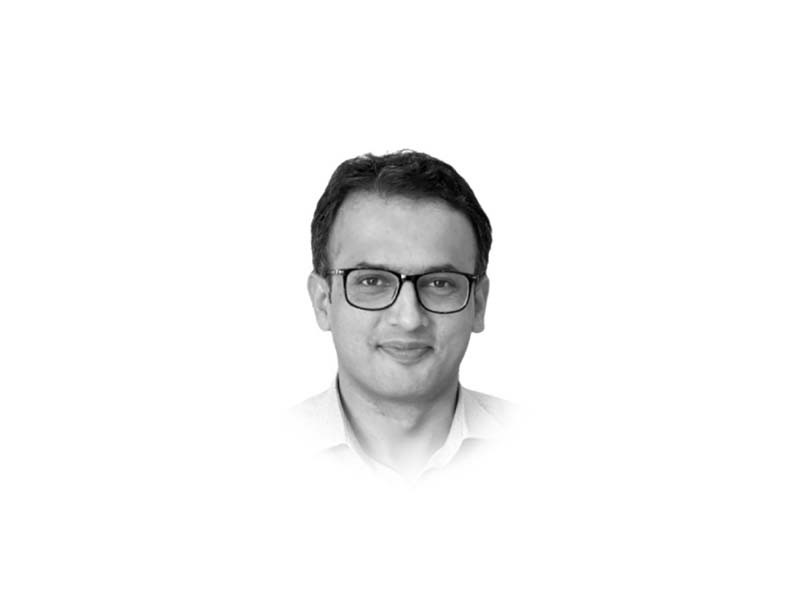
In the heart of South Asia, where vibrant cultures and traditions weave a tapestry of diversity, a silent killer is on the rise. This is about diabetes in Pakistan, a tale of resilience and challenges faced by individuals and communities in the face of a growing threat to public health.
Pakistan is faced with the alarming surge in diabetes cases. According to recent statistics, over 33 million people, or over 26% of the adult population in Pakistan, are living with diabetes. Obesity and sugar intake are the major causes of diabetes. The STEP survey 2014-15 revealed that 41.3% of Pakistanis are overweight or obese.
A report from the International Diabetic Federation (IDF) ranking the world’s top countries for the number of adults (20-79 years) with diabetes in 2021 has put Pakistan in third place with a total of 33 million, after China and India. The IDF ranked Pakistan first for having the highest comparative diabetes prevalence rate in 2021 at 30.8%, followed by French Polynesia (25.2%) and Kuwait (24.9%). Pakistan also has the highest proportion of deaths under the age of 60 due to diabetes, with 35.5%.
These alarming figures not only place a heavy burden on individuals but also pose a significant challenge to the country’s healthcare system. The PIDE report 2015 reported annual cost of obesity and overweight alone was estimated Rs428 billion in Pakistan. Annual per capita expenditure on diabetes in Pakistan is estimated to be S$332•90, most of which relates to out-of-pocket expenses. These figures are worrying, and the Government of Pakistan should take necessary steps to prevent causes of diabetes such as taxing sugar-sweetened beverages and providing subsidies on healthy items especially during Ramazan packages.
Cultural and lifestyle factors play a pivotal role in this rapid increase in diabetes. As urbanisation sweeps across the nation, traditional dietary habits are often replaced by processed foods high in sugar and unhealthy diet full of saturated fats. It is worth-mentioning here that the WHO recommends that reducing consumption of sugary drinks can lower obesity and related diseases like diabetes and CVDs.
Sedentary lifestyles, exacerbated by the demands of modern life, further contribute to the increasing prevalence of diabetes. Lack of regular exercise is among significant risk factors for diabetes. Limited open spaces can be a barrier, especially in urban areas where parks and walk-able roads are limited. This can disproportionately affect the population’s ability to engage in physical activities.
Furthermore, the public health system is unable to cope with the rising surge of the diabetes-related disease burden due to limited resources and gaps in diagnosis, referral, and treatment levels. These gaps are particularly pronounced in rural areas. According to the Global Health Security (GHS) Index 2021, Pakistan ranks 130 out of 195 countries in terms of the quality and accessibility of its healthcare, significantly lagging behind other neighbouring countries such as India at 66, China at 52, Sri Lanka at 105, Bangladesh at 95 and Bhutan at 78.
Confronted with the high burden of diabetes, the current health system in Pakistan is both under-resourced and overburdened; this inadequacy also extends to many other non-communicable diseases (NCDs) including diabetes. Currently, NCDs are managed individually through specialised care at tertiary care level or private specialist clinics. Primary healthcare facilities in Pakistan are underutilised and there are few public-private partnerships, with scant referral mechanisms in place. We need to strengthen our primary and preventive healthcare to successfully protect our population from diabetes and other similar ailments.
Making lifestyle changes is considered the most effective approach to preventing or postponing the onset of diabetes. Individuals aiming to minimise the risk of diabetes and its associated complications are advised to maintain a healthy body weight, engage in regular physical activity each day, adopt a nutritious diet while avoiding excessive sugar and saturated fat intake. Media and CSOs can play a vital role in raising awareness.
Published in The Express Tribune, February 11th, 2024.
Like Opinion & Editorial on Facebook, follow @ETOpEd on Twitter to receive all updates on all our daily pieces.




1731975305-0/Untitled-design-(40)1731975305-0-165x106.webp)
1731975060-0/Untitled-design-(39)1731975060-0-165x106.webp)


1729685382-0/Untitled-design-(57)1729685382-0-270x192.webp)




COMMENTS
Comments are moderated and generally will be posted if they are on-topic and not abusive.
For more information, please see our Comments FAQ